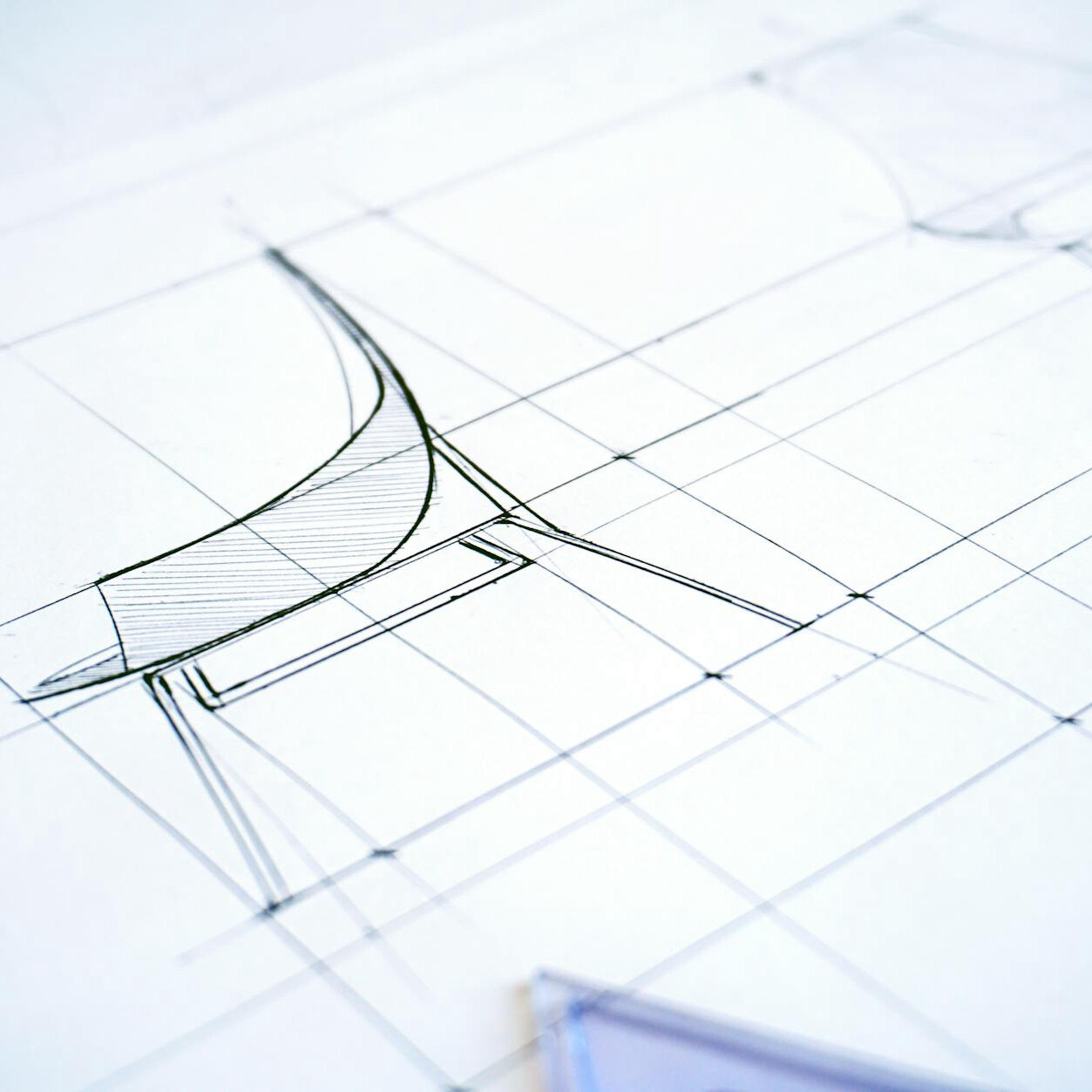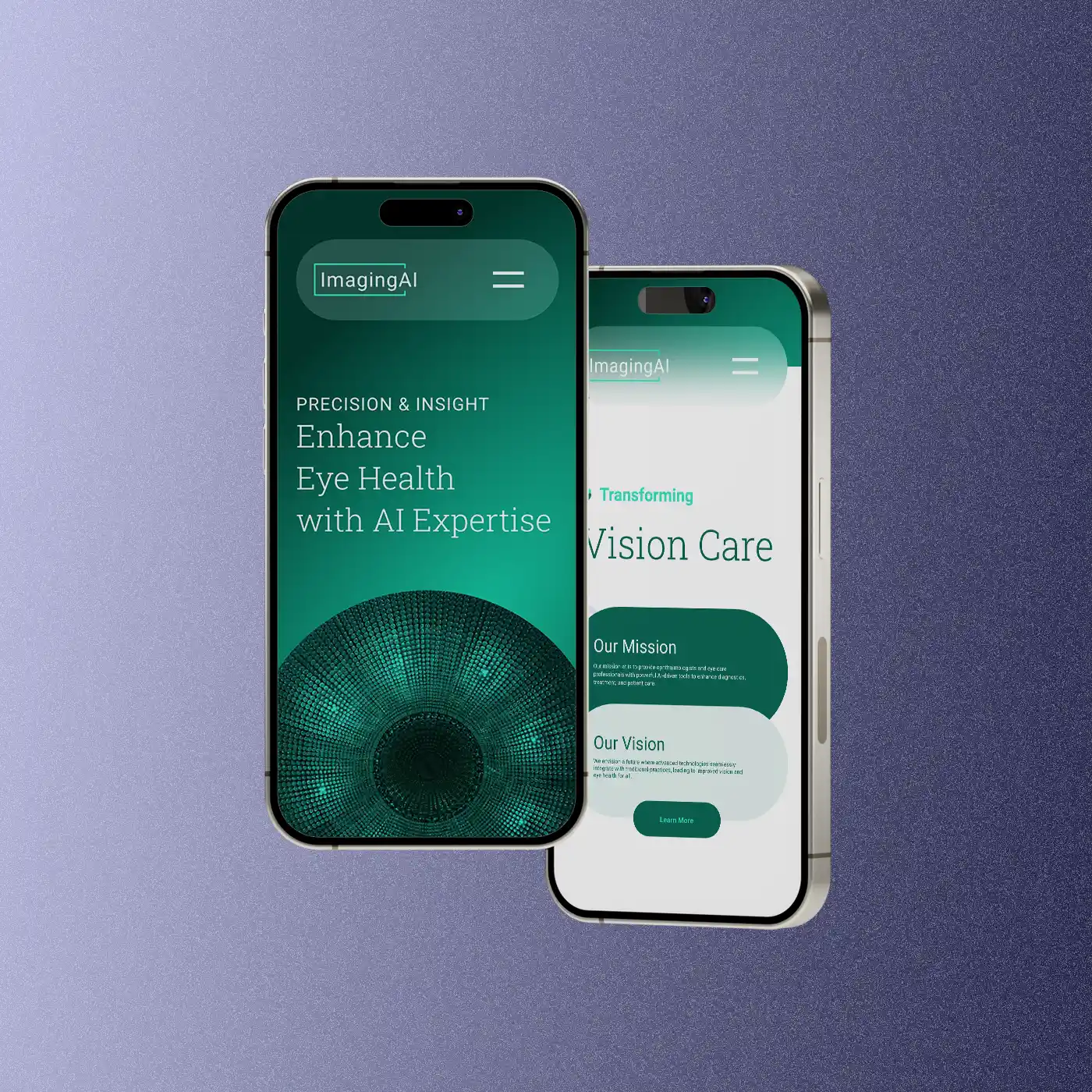How to Scale Design Language Systems
Scaling Design Language: A Guide for Success

A design language is a comprehensive system that combines design principles, standards, and tools, enabling designers to create a cohesive user experience across multiple platforms. It’s crucial, especially in large-scale projects, where maintaining visual and functional consistency is key. But, how does one scale a design language successfully? Let’s explore.
In the vast ocean of digital design, a design language serves as the compass guiding us towards an intuitive and immersive user experience. This comprehensive system of design principles, standards, and tools allows for cohesive experiences across multiple platforms, which is key in larger projects. But, like any living entity, a design language is not a static construct. It’s born, grows, adapts, and matures through a lifecycle that’s integral to its effectiveness. This article will go into the lifecycle of a design language, highlighting the importance of its continuous evolution, the strategic aspects that shape its journey, its role in promoting accessibility, and the necessity of a deep understanding for successful implementation. By exploring these elements, we aim to shed light on how design languages can successfully navigate the dynamic digital landscape and help companies articulate their message.
Understand and Define Core
The first step to scaling a design language is to understand and clearly define your core design principles. What is the purpose of your design? What values or emotions do you want to evoke? This core principle serves as the foundation upon which your design language will scale.
Establish a Visual Identity
This is where you create visual elements that reflect your brand’s identity. Color schemes, typography, spacing, iconography, and illustrations play a pivotal role in creating an immersive and consistent user experience. Once these elements are established, they can be scaled across different products, platforms, or teams.
Componentize Your Design
Component-based design is a critical tool for scaling your design language. Components are the building blocks of your design, and they can be reused across different sections of your application or website. By creating a library of these components, you can ensure consistency and efficiency as your design scales.
Create a Design System
A design system is essentially the user manual for your design language. It includes the design principles, visual identity, components, and patterns. It also provides rules and guidelines for how and when to use these components. As your organization grows, this design system will ensure your design language remains scalable and consistent.
Regularly Update and Iterate
A design language is not a static entity. It needs to evolve with the changing needs of your audience, new technology trends, and business goals. Regular reviews and updates will ensure your design language remains relevant and scalable. Iterate off ten and keep it evolving.
Collaborate and Communicate
Scaling a language of design is a team effort. Designers, developers, product managers, and stakeholders should be involved in the process. Regular communication and feedback loops ensure everyone is on the same page, facilitating a smoother scaling process.

Scaling a design language is a complex but crucial process. By defining your core, establishing a visual identity, componentizing your design, creating a comprehensive design system, and maintaining open communication, you can successfully scale your design language, ensuring a consistent and immersive user experience. Remember, your design language is a living, evolving entity, and regular updates and iterations are key to staying relevant in the ever-evolving digital landscape.
As we navigate through the stages of a design language’s lifecycle, it’s important to remember that the end of one phase merely signifies the beginning of another. This continual transformation enables a design language to adapt and grow in response to evolving user needs and emerging design trends.
Continuous evolution allows for an ongoing fine-tuning process. As user interfaces become more complex and the digital landscape more varied, a design language must consistently evolve to maintain relevance. This evolution is often a balance between maintaining brand identity and meeting users’ changing expectations.
The strategic aspect of a design language cannot be understated. It serves as a crucial bridge between the business goals and the end user’s experience. Strategic decisions shape the design language’s lifecycle, guiding how it grows and evolves. The design language should reflect not only the brand’s visual identity but also its mission, values, and objectives.
A key aspect of any design language lifecycle is its commitment to accessibility. An effective design language prioritizes an inclusive user experience, ensuring that products and services are accessible to as many users as possible. This includes users with a range of abilities, across different devices, operating systems, and locales.
Understanding is the keystone of a design language lifecycle. A design language can only truly succeed if it is understood by all stakeholders, including designers, developers, and product managers. This understanding promotes collaboration and communication, fostering a smoother transition between phases in the lifecycle.
The lifecycle of a design language is a journey, marked by growth, evolution, and adaptation. As we delve deeper into each phase, we’ll gain a broader understanding of how design languages come to life, adapt, mature, and evolve, forever changing the way we interact with the digital world.
Related Articles
The Importance of Grids in Design
July 12, 2024
Design Systems and AI Technology
April 9, 2024



